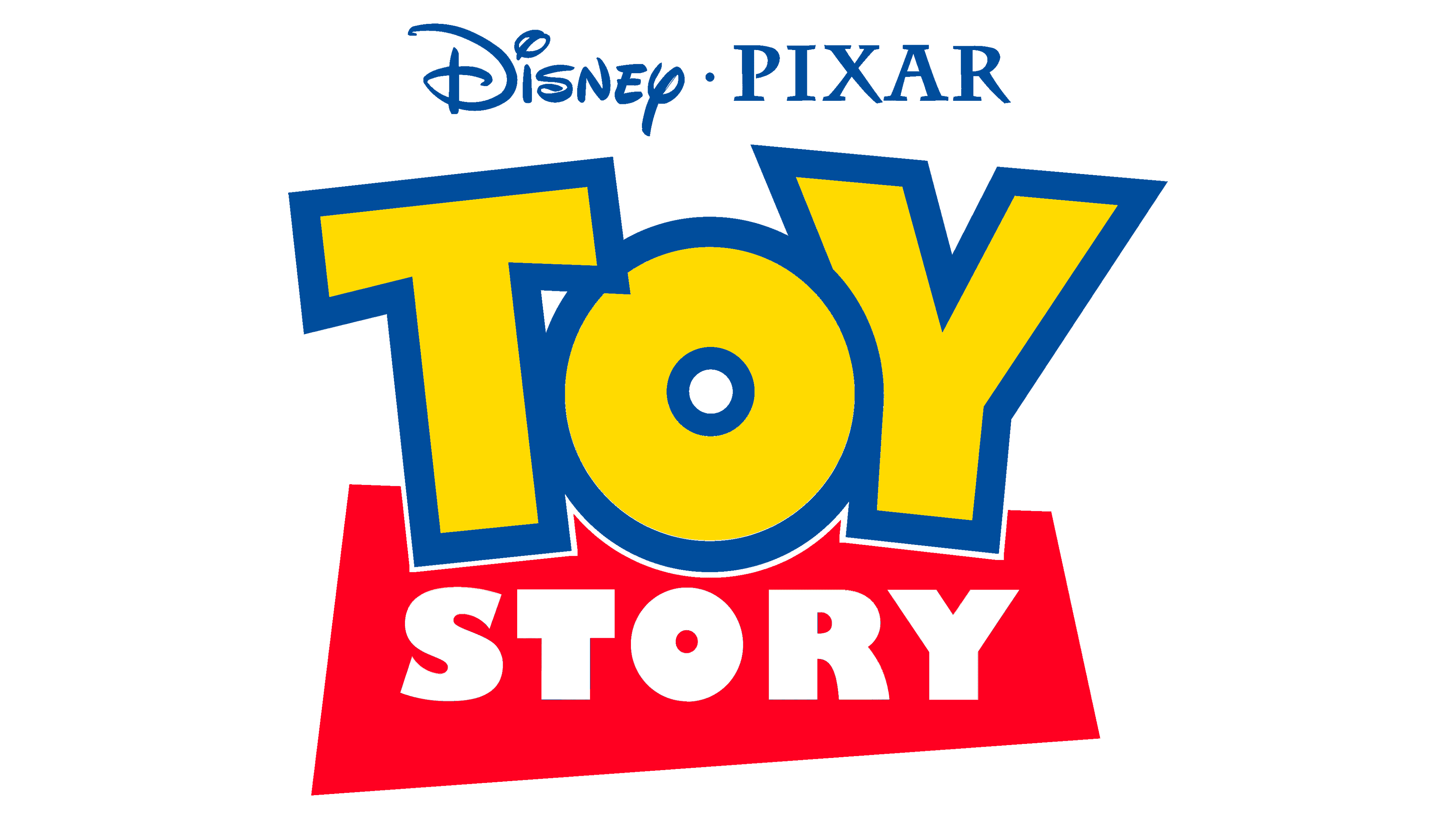Originating from Pixar Animation Studios and distributed by Walt Disney Pictures, Toy Story has morphed into an iconic franchise, basking in global acclaim and spawning numerous sequels and character-inspired figurines.
Meaning and History
The inaugural showcase took place in 1995 at the El Capitan Theater in Los Angeles, California, before sweeping across North America. A defining moment, Toy Story marked Pixar’s debut into full-length feature films and revolutionized 3D animation within the computer-generated realm.
Genius John Lasseter spearheaded the direction, initiating his directorial journey. Teaming up with talents like Joel Cohen, Andrew Stanton, Joss Whedon, and Alec Sokolow, they breathed life into a script born from the collective genius of Joe Ranft, Pete Docter, Andrew Stanton, and John Lasseter himself. The characters found their voices through a constellation of acclaimed actors such as Annie Potts, Wallace Shawn, Tom Hanks, Don Rickles, Tim Allen, and more.
The storyline unfolds in the human world but revolves around anthropomorphic characters—the toys of an everyday child in a typical family. When in the presence of humans, these toys remain motionless, only coming alive, thinking, conversing, and acting when unobserved.
At its core, the narrative orbits around a cowboy sheriff named Woody and an astronaut named Buzz Lightyear, both vying for the affections of their owner, young Andy Davis. Their journey takes a thrilling turn as they find themselves amidst perilous circumstances.
Toy Story garnered universal acclaim from audiences and critics alike. Celebrated for its technological innovation, narrative complexity, humor, 3D animation, voice performances, and musical score, the film amassed numerous accolades, cementing its status as a culturally, aesthetically, and historically significant masterpiece.
What is Toy Story?
Toy Story spans an animated movie line delving into the lives of sentient toys, navigating human interactions, escaping from children’s rooms, and coming to each other’s rescue during perilous moments depicted across the series.
1995
The initial emblem boasted a two-line title, with the uppercase “Toy” featuring slightly tilted letters in varying directions. Each letter was outlined by a bold blue stripe against a vibrant yellow backdrop. The second line, “Story,” sat on a rectangular shape against a red background.
1999
The subsequent iteration introduced a more contemporary, 3D-effect logo. Letters were encased in shadows and blue frames, creating a sense of depth. A third line indicating the series number was included, framed in a style reminiscent of the first word.
2010
The third version retained similarities with its predecessor, sporting subtle alterations such as a blue light frame, a shift from warm yellow to a lemon hue, and the transition from “2” to “3.” The names of Pixar and Disney were placed at the top, separated by a tiny dot.
2019
The fourth series logo witnessed a reduction in shadows, making them subtler and less pronounced. The darkened stripe on the left side of the “Y,” cast by the letter “O,” remained. The number “4” adopted a geometrically precise design akin to the “3,” while the background hue of “Story” received a refined deep red tint.
Font
The emblem embraced two distinct typefaces: Gill Sans Ultra Bold for “Story,” introduced in the 1920s by Arthur Eric Rowton Gill, and a bespoke style for “Toy,” reminiscent of Agent Orange, Agent Red, and SF Slapstick Comic.
Color
The vibrant color palette encompassed warm sunny and lemon yellow, red, and two shades of blue.







